QOTD: Does the Electric Realm Have Borders?

The trail-trampling fodder of the previous post — Volkswagen’s rugged, hypothetical, yet-unnamed electric off-roader — sparked this question, as it really seems there’s little ground the once nerdy and impractical electric vehicle can’t claim.
The EV revolution, if indeed that’s what it is, started a decade ago with Tesla’s Lotus-bodied roadster, and continues at an ever growing speed. As of this writing, choice is already plentiful. Come two years or so, and the options could be virtually limitless.
Is there a segment where you just can’t see the EV becoming a fixture?
Call your bank, assess your funds, and you can, in early 2019, get into an electric sedan, compact or midsize. Hatches are there, too, and the first mass-market, battery-powered crossovers have already begun to arrive. Sporty (Jaguar I-Pace) or practical (Hyundai Kona EV)? Keep in mind the Kia Soul EV’s been around for some time. Rivian would love to sell you a larger electric SUV in the near future, as would Tesla and Ford. Oh, and Volkswagen. It has a microbus coming, in addition to a two-row crossover, three-row crossover, and the possible aforementioned off-roader.
Those horrified by the thought of ridding themselves of jerry can assistance while crawling through the backcountry have PHEV versions of the Range Rover and Range Rover Sport to choose from, and Jeep’s plug-in Wrangler is hot on their heels.
Pickup truck fan? Rivian wants in on that, too. Same with Atlis, which debuted an electric concept just a few days ago. ( Workhorse would argue it was first on the scene.) Tesla also sees the pickup market as fertile ground, with the Silicon Valley lifestyle maker planning to unveil a prototype later this year. Maybe. Meanwhile, it’s Ford’s intent to bring serious electrification to the segment in a big way with its forthcoming F-150 hybrid. Depending on the truck’s reception, this could cause domestic rivals to respond in kind.
We’ve already seen how high-zoot sports cars can go gas-free, as, oddly, this was the vehicle type that broke the seal. Italian automakers have electric propulsion in their sights for future models. Even motorsports isn’t immune, with Formula E offering emissions-free thrills for the few who choose to attend. Life on two wheels suit you better? Harley-Davidson wants a word.
There’s few, if any, areas of autodom where EVs aren’t trying to make inroads, but which segment will hold out the longest with primarily ICE-powered vehicles? It would seem that pickups, which require sizeable (and expensive) battery packs to move their hefty bulk, even when unladen, is the obvious answer. Still, you might have other ideas. Sound off in the comments.
[Image: Atlis Motor Vehicles]

More by Steph Willems
Latest Car Reviews
Read moreLatest Product Reviews
Read moreRecent Comments
- Corey Lewis Facing rearwards and typing while in motion. I'll be sick in 4 minutes or less.
- Ajla It's a tricky situation. If public charging is ubiquitous and reliable then range doesn't matter nearly as much. However they likely don't need to be as numerous as fuel pumps because of the home/work charging ability. But then there still might need to be "surge supply" of public chargers for things like holidays. Then there's the idea of chargers with towing accessibility. A lack of visible charging infrastructure might slow the adoption of EVs as well. Having an EV with a 600+ mile range would fix a lot of the above but that option doesn't seem to be economically feasible.
- 28-Cars-Later I'm getting a Knight Rider vibe... or is it more Knightboat?
- 28-Cars-Later "the person would likely be involved in taking the Corvette to the next level with full electrification."Chevrolet sold 37,224 C8s in 2023 starting at $65,895 in North America (no word on other regions) while Porsche sold 40,629 Taycans worldwide starting at $99,400. I imagine per unit Porsche/VAG profit at $100K+ but was far as R&D payback and other sunk costs I cannot say. I remember reading the new C8 platform was designed for hybrids (or something to that effect) so I expect Chevrolet to experiment with different model types but I don't expect Corvette to become the Taycan. If that is the expectation, I think it will ride off into the sunset because GM is that incompetent/impotent. Additional: In ten years outside of wrecks I expect a majority of C8s to still be running and economically roadworthy, I do not expect that of Taycans.
- Tassos Jong-iL Not all martyrs see divinity, but at least you tried.
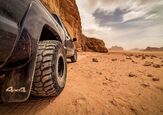
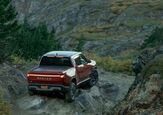
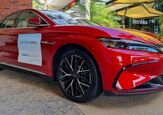
















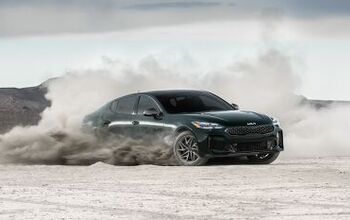
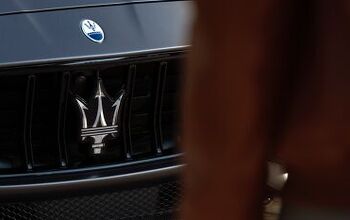
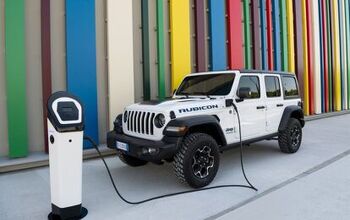

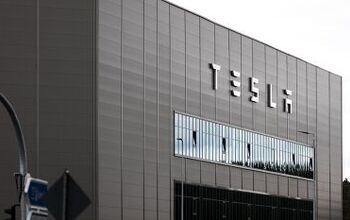
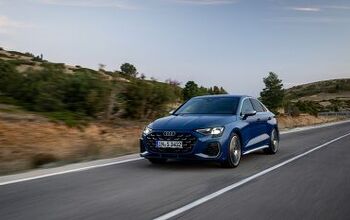
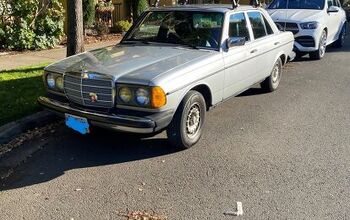
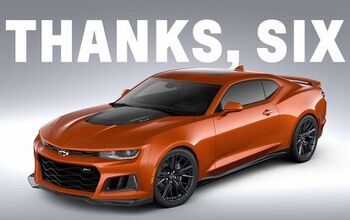
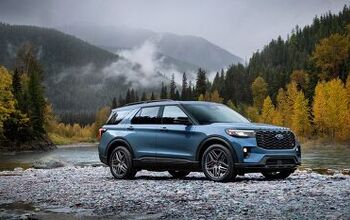
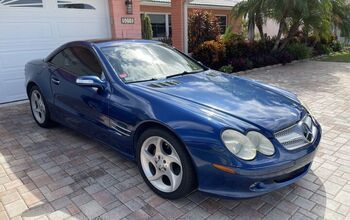
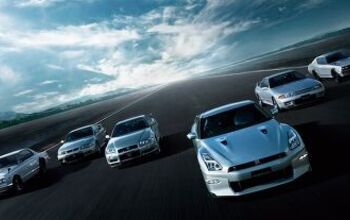
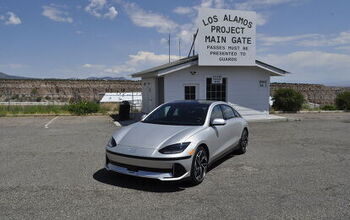

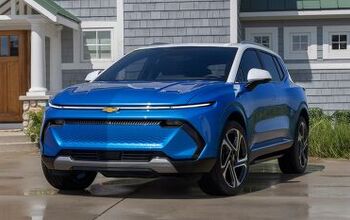
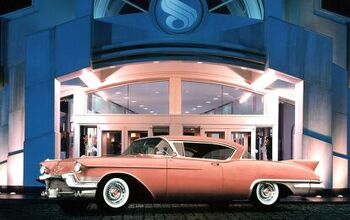
Comments
Join the conversation
Hybrid diesel electrics been hauling ICE vehicles for nearly a 100 years. And speaking of infrastructure..post WW2 our county easily had twice the “gas” stations we’ve today. 4 in the small town I grew up in and another 2 in the immediate rural area. Today there is 1. Seriously overbuilt. I can charge a vehicle overnight on the equivalent of a dryer plugin? Certainly easier than going to Home Depot & buying a refinery in a box. Get off my AstroTurf Luddites! https://en.m.wikipedia.org/wiki/Steel_Electric-class_ferry
I've said before that with the current technology EV's are almost a no-brainer for multi-car households as a second or third vehicle. Initial purchase cost being the biggest limiting factor currently. But I suspect China will take care of that in a few years. I'll be trailering from Minneapolis to the upper UP of Michigan for a snowmobile trip in a few weeks and it will be a long, long time before an EV tow vehicle is available that can replace the ICE tow vehicle that will be doing that job. So anything powerful enough to tow something that sits on tandem axles long distances to remote areas in the winter will probably not be replaced with anything electric in my lifetime.